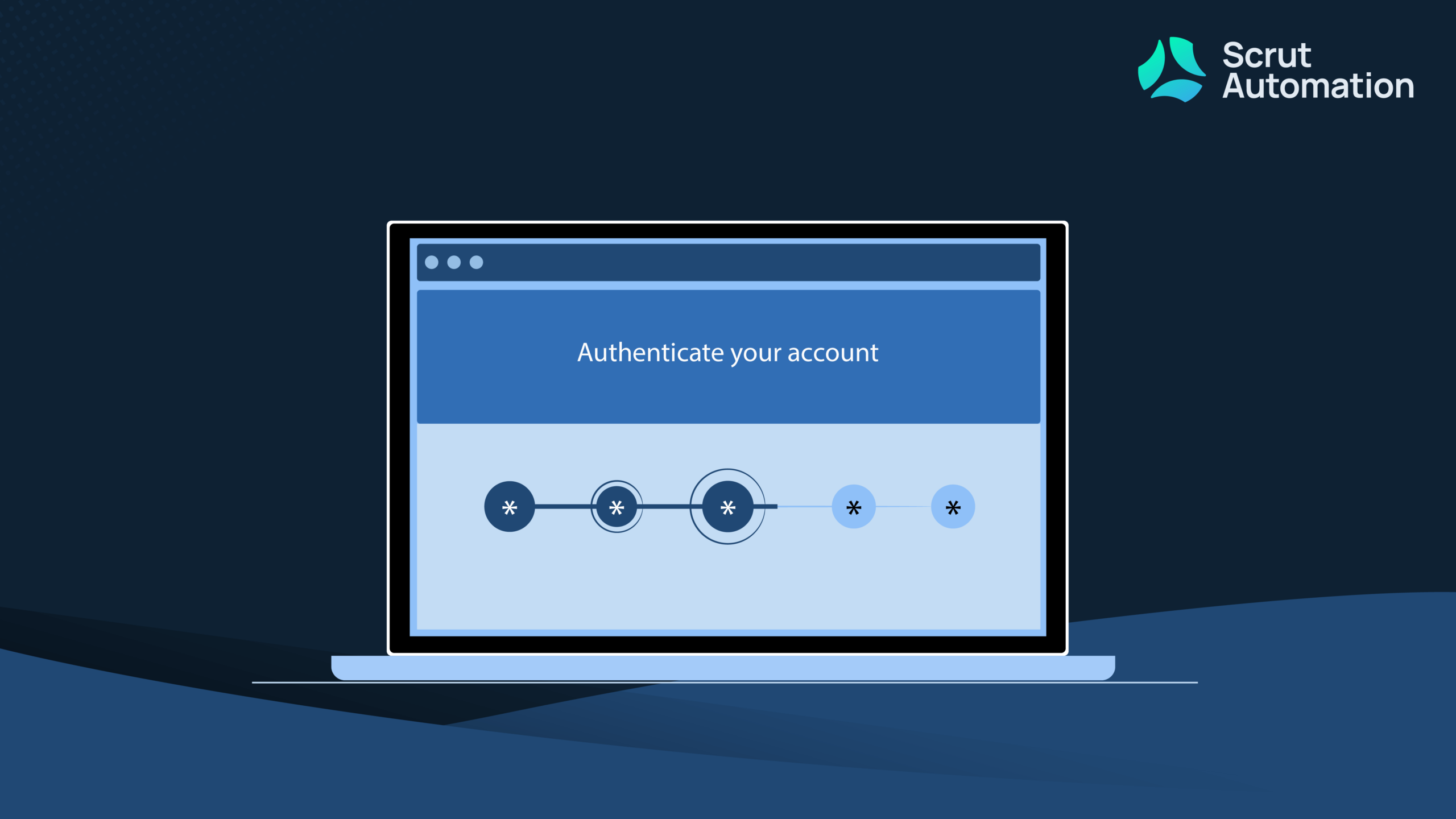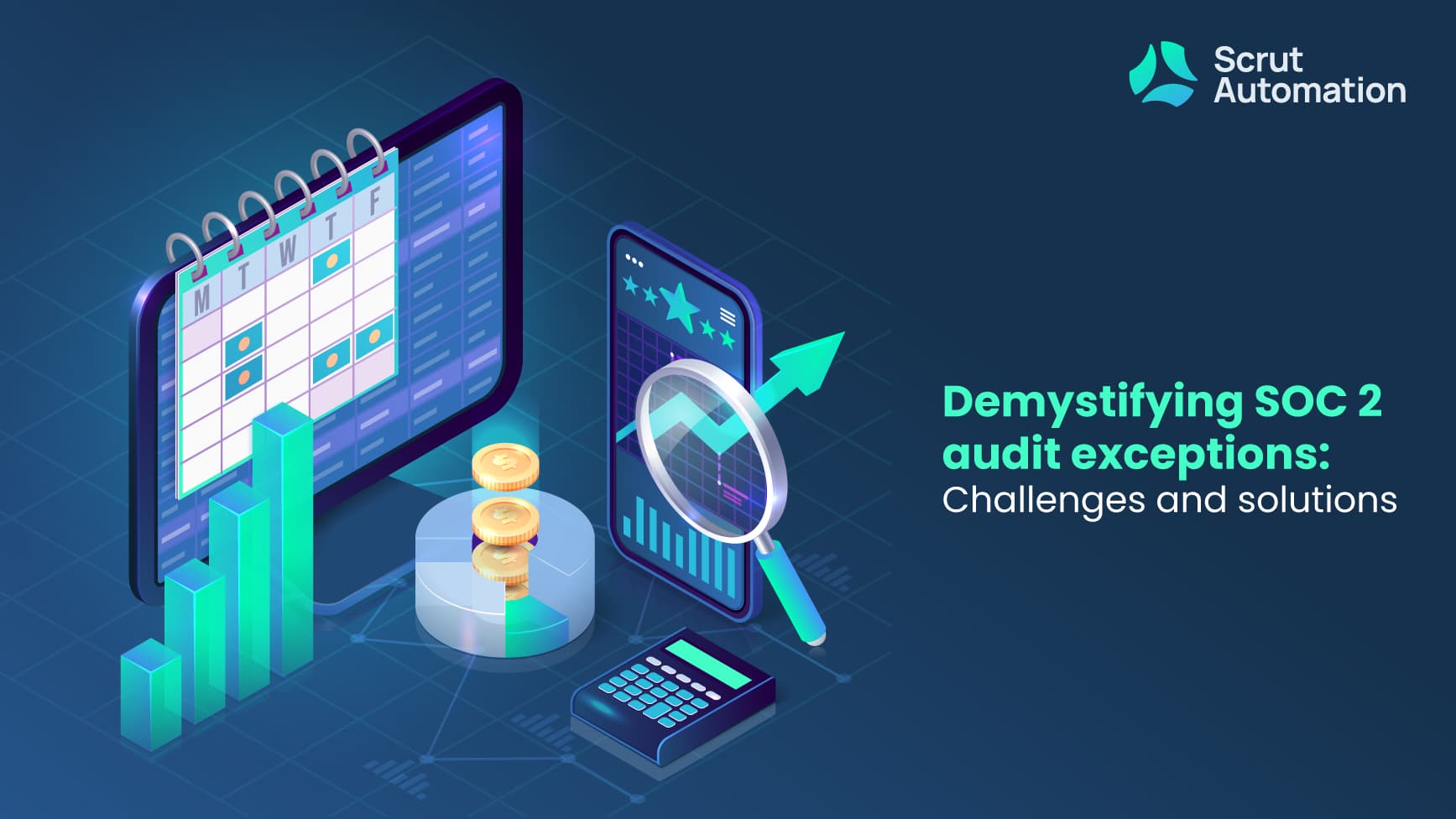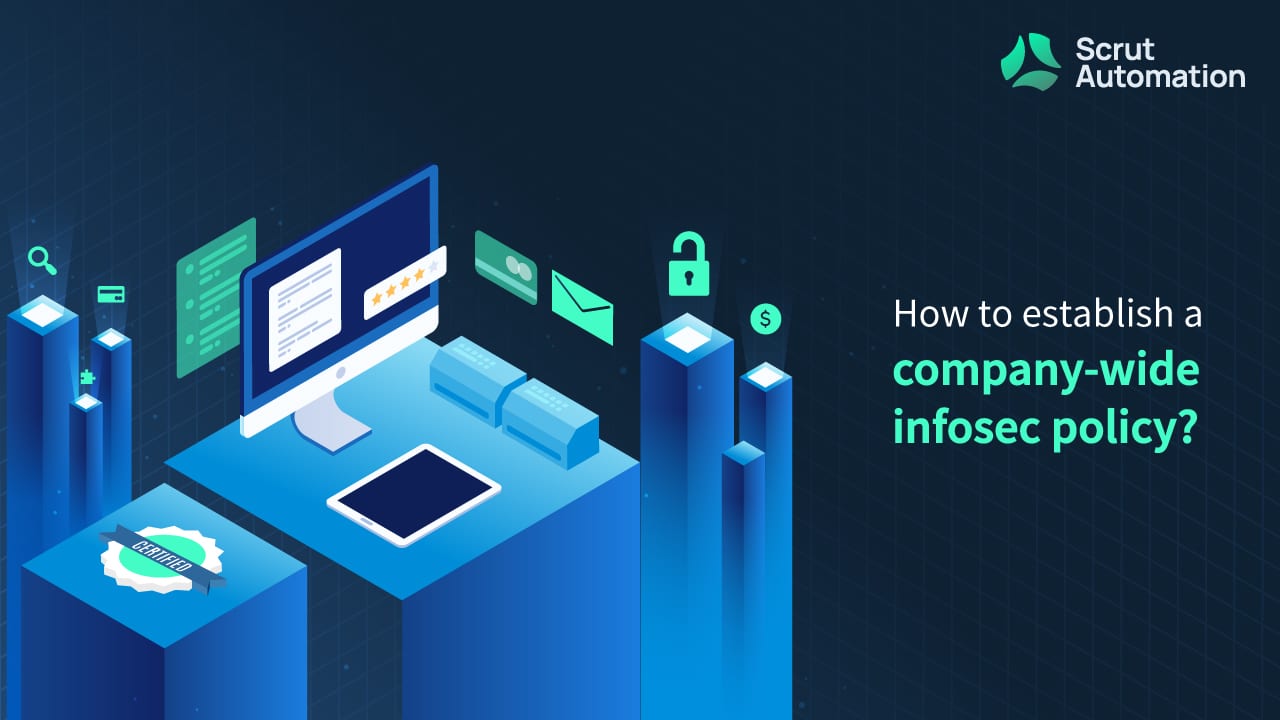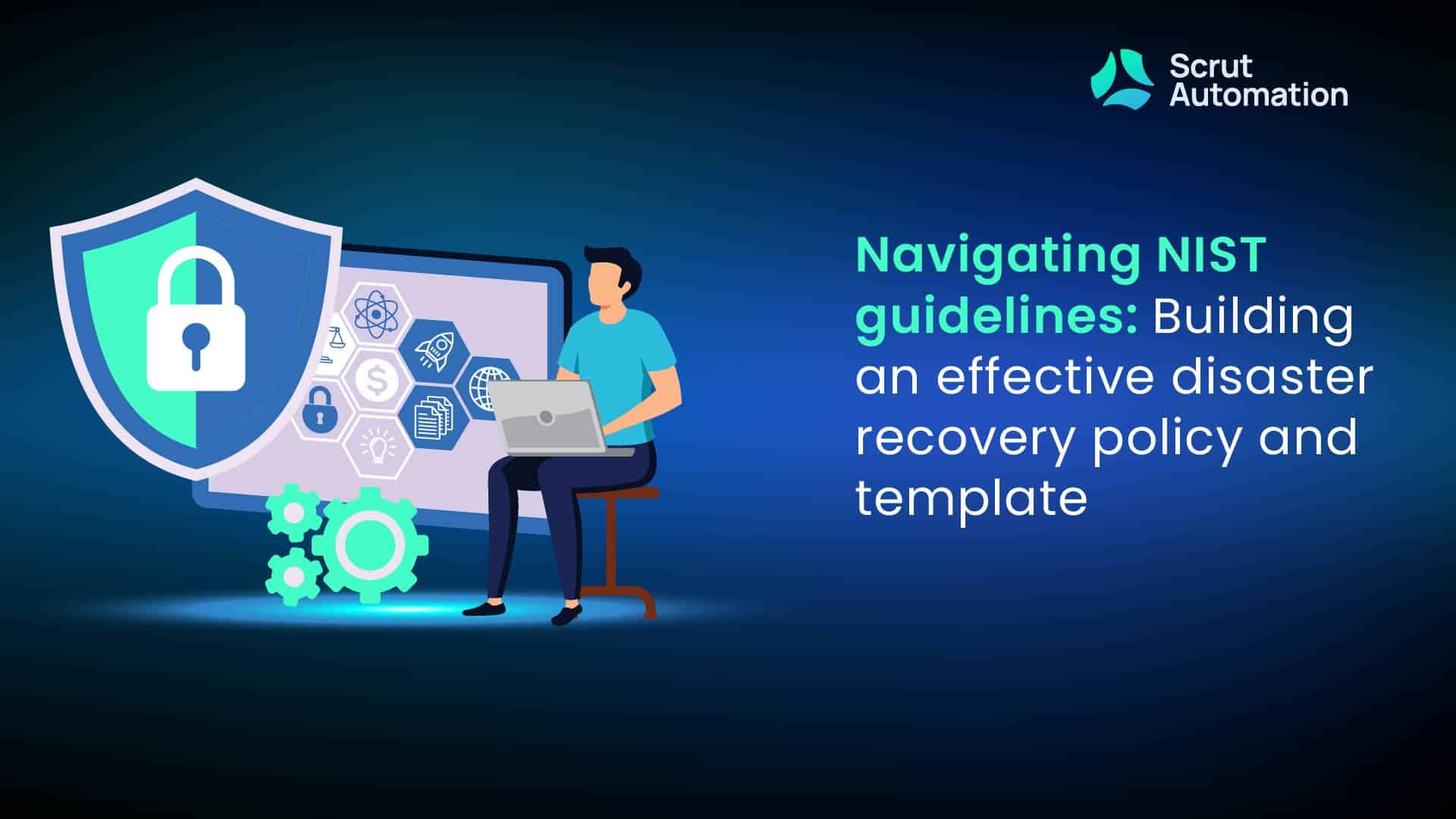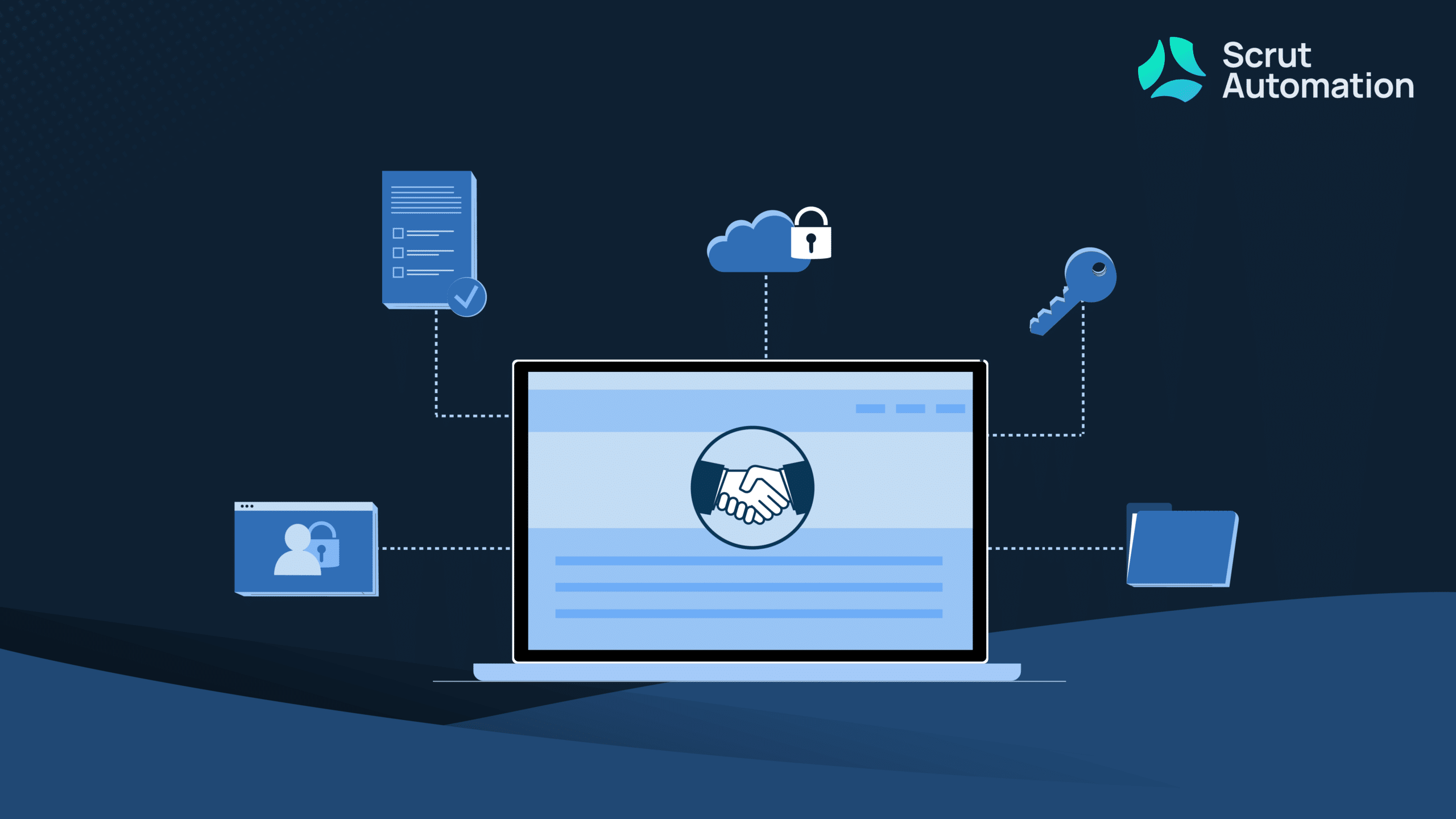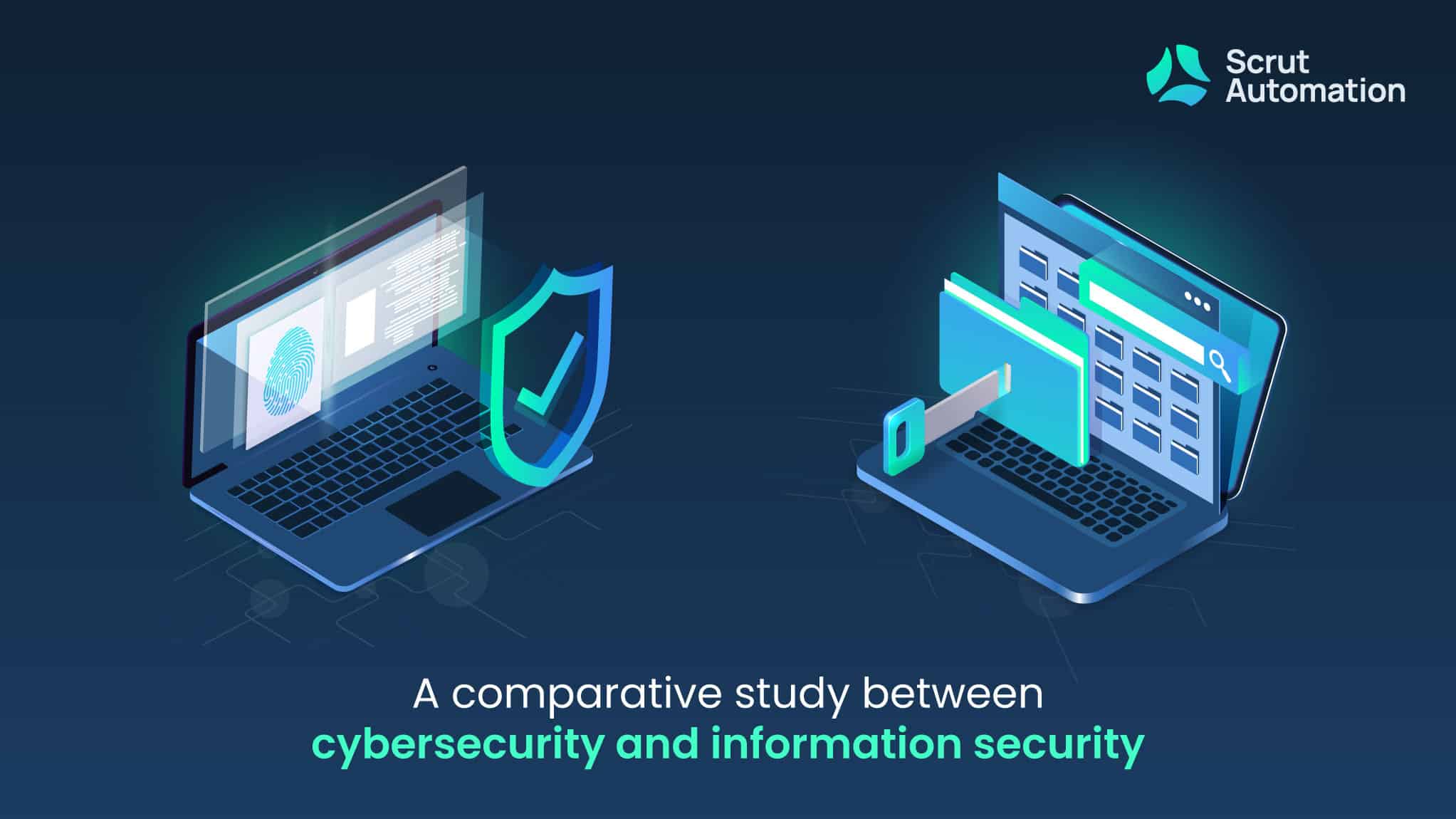Many organizations have been exposed to cyber risks with the increased pace of digital technology in the hybrid workforce. Their unpreparedness to deal with these digital threats has brought the need for practical and Implementable security practices to the forefront. Nurturing a security mindset is not just confined to the method of creating cybersecurity awareness but also initiates a work environment where your organization actively seeks to maintain data security.
In simpler terms, a security-first mentality is not just about protecting your firm from the prospect of data breaches or other types of data security issues – but also includes recognizing the current relationship with data and valuing your integrity and your users’ privacy.
Introducing security to non-security professionals
Working with teams with only fairly basic cybersecurity expertise is one of the most challenging components of building an overall security mindset. However, that shouldn’t be a determining factor for you to ensure that your teams are working towards establishing security.
Organizations should start by considering methods that allow engineering teams to find and mitigate cybersecurity flaws organically inside their existing engineering processes. Let’s consider security a subset of quality and security defect a subset of defects. We can focus on how organizations may integrate activities and benefits supporting a cybersecurity agenda into current engineering quality and defect management procedures.
As for the organizations struggling with starting cybersecurity management due to lack of experience, automated application security tools, specifically, vulnerability scanners and security static code analysis tools, are some go-to solutions. The tools can work with their loaded security definition and provide findings upon which your engineering team can act as a part of their routine defect management.
However, it is not unlikely to encounter a few hurdles during the process, even while using automated tools. The false positive encounters can overwhelm your team. Hence, it would help if you could employ someone with the security domain expertise to overlook the findings. Security domain knowledge is essential to filter and translate security metrics-based results into a more generic engineering fault representation.
Create your own security-centered mindset
Building a security-first mindset is undoubtedly essential in the modern world, but are organizations doing enough to equip their employees with the information and resources they need to adhere to security best practices? How can they prevent their staff from becoming easy prey for cybercriminals by effectively educating them to guard against cyber threats?
As a professional, a security mindset is an asset that aids in protecting the sensitive data of customers, like their personal information. As a customer, it provides a sense of security to understand that the organization has effective practices to protect data.
However, the question remains: how can you create your security mindset? Here are three ways you streamline the process of establishing security practices.
1. Start with customer research
Your client’s information is highly prized and must be secured, just like your personal information. Understanding data privacy and sensitive personal information from the viewpoint of the typical consumer will help you establish a security mindset to give substantial protection to your clients and your organization. The knowledge that most customers lack trust in the firms that collect their personal information is evidence of the need for a security mindset in organizations.
Modern customers demand more control of their sensitive data in light of the numerous data security breaches that can harm organizations. They want to share data precisely while simultaneously controlling where it goes. Acknowledging your customers’ perspectives is essential to developing a security-first attitude that will best secure their sensitive data and lower the risk of a data breach or other cybercrime assault on your business.
2. Nurture a system focusing on privacy
Key cybersecurity behaviors are no longer an unknown realm to employees as they are briefed on information security training while beginning to work at their organization. This training helps them understand various security attacks such as malware, phishing, and more general threats that can hamper the organization’s reputation.
That said, not everyone always abides by this training, and one slip-up might result in illegal access by someone you don’t want accessing your company’s confidential data. Because of this, it’s crucial to ensure that every employee in your organization is aware of the security risks they encounter with every click. These risks go beyond simple passwords, antivirus software, privacy settings, and two-factor authentication. Nurturing a system that protects your organization’s data is beneficial for all parties involved, as your organization may crumble without the constant assessment of security practices.
3. Establish secure practices for designers
Security testing techniques can range from basic to complex. Still, they all aim for the same thing: to systematically examine potential threats/attacks against your systems, applications, and assets from an attacker’s perspective. Successful threat modeling can shape defensive objectives, architectural requirements, and cybersecurity responses. On the other hand, lousy threat models can waste time, lead to wasted cybersecurity expenditure, and overconfidence in security posture. The objective is to provide resources in design research so that development and operations teams can deliver relevant and actionable findings while adhering to the organization’s risk management standards.
Importance of a security mindset
Security is no longer a privilege but a necessity, and most firms recognize this already. Creating and nurturing your security mindset might not be an easy task that will happen overnight or even in a week, but it is a reliable approach. Many security issues and information security vulnerabilities affect your company just as much as your clients, so examining both views is helpful if you want to prioritize user data protection while minimizing your organization’s data breach risk.
Developing a security mission statement will provide you with resources to manage, protect and use data in your organization while satisfying your clients. It is even more critical to establish and maintain your organization’s reputation. A mindset that actively seeks to assess gaps and erase threats is only the first step in creating a secure system that acts on the findings.
Scrut Automation is an innovative and radically simple governance, risk, and compliance automation platform for growing startups and mid-market enterprises. With Scrut, compliance teams can reduce ~70% of their manual effort in continuously maintaining compliance towards SOC 2, ISO 27001, GDPR, PCI DSS, HIPAA, and CCPA. Schedule your demo today to see how it works.
